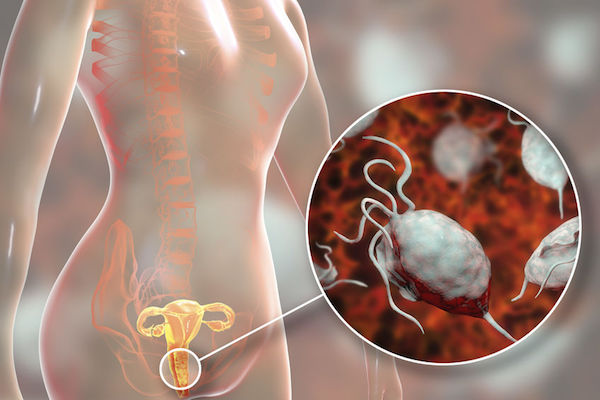Vaginitis is inflammation of the vagina. Its causes include a change in the normal balance of vaginal bacteria, an infection, or reduced oestrogen levels after menopause.

The most common types of vaginitis are:
- Bacterial vaginosis caused by an overgrowth of one or more organisms normally present in the vagina
- Yeast infections caused by Candida albicans (a naturally-occurring fungus)
- Atrophic vaginitis which arises from lowered oestrogen levels
- Trichomoniasis, a sexually transmitted infection (STI) caused by Trichomonas vaginalis, a single cell parasite.
- Certain sprays, douches and perfumed soaps may also cause the condition if you have an allergic reaction
What are its symptoms?
Symptoms of vaginitis include the following:
- Redness, itching, swelling or pain in the vagina
- Pain during urination
- Pain during intercourse
- Gray, green or yellow discharge
- Odorous discharge
- Spotting (light bleeding from vagina)
Certain symptoms will be more likely to occur depending on the cause of the vaginitis.
How is it diagnosed?
To confirm a diagnosis of vaginitis, your doctor will most likely take a medical history, ask you about your symptoms and perform a pelvic exam, during which a collection of vaginal or cervical discharge may be taken for lab testing. This test will be able to confirm what kind of vaginitis you have.
What are your treatment options?
Because there are different kinds of vaginitis, treatment will target the specific cause.
- For bacterial vaginosis: An oral medication called metronidazole may be prescribed, as well as vaginal cream that can be applied topically. Treatment lasts for up to a week.
- Yeast infections: These are treated with an antifungal cream or suppository, as well as oral medication.
- Trichomoniasis: Metronidazole or tinidazole are usually prescribed. (Because this is an STI, your partner will need to be informed and treated as well to avoid reinfection.)
- Atrophic vaginitis: Oestrogen cream or tablets are used to treat this type of vaginitis caused by the thinning of the vaginal lining.
- Noninfectious vaginitis: Sources for this type of vaginitis include tampons, sanitary towels, soap, detergent, douches, etc. A topical cream may be prescribed to help clear up the inflammation and irritation.
Speak to your doctor if you are pregnant or think you may be pregnant before embarking on a course of treatment for vaginitis.
Can it be prevented?
Good hygiene and safe sexual practices can help prevent vaginitis from occurring, or reoccurring. Here are a few suggestions:
- Avoid harsh or scented soaps, and rinse yourself well in the genital area after a shower. Avoid long, hot baths.
- After a bowel movement, wipe from front to back; this helps prevent faecal matter spreading to the vagina.
- Avoid using douches, as this disrupts the normal balance of organisms in the vagina.
- Practise safe sex by using a condom correctly (latex condoms are best, unless you have an allergy).
- Change tampons regularly during your menstrual period, and alternate between using pads and tampons.
- Avoid multiple sexual partners.
How Clicks Clinics can help you
Unprotected sex increases your risk for HIV/AIDS. Clicks offers HIV testing and counselling at our clinics, simply call 0860 254 257 or book with Clicks Clinics online to make an appointment.
Shop online at Clicks.co.za for condoms
Don't be caught unawares – rather stock up on condoms here so that you can ensure you're practising safe sex at all times.
IMAGE CREDIT: 123rf.com
